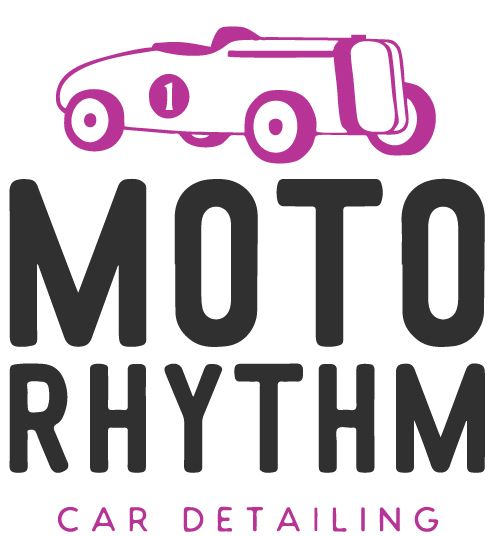Okay, so check this out—I’ve been juggling keys and apps for years, and somethin’ finally clicked. Wallets used to be simple: store coins, sign transactions, done. But the landscape shifted. Now you’ve got assets scattered across chains, yield opportunities that live on different networks, and bridges that feel half-magical and half-dangerous. My instinct said this should get easier. And, honestly, it has—if you pick the right tools.
Quick gut take: cross-chain functionality is less about flashy tech and more about time saved, fewer mistakes, and lower fees if done smartly. Desktop apps still matter because they give power users speed, keyboard shortcuts, and a level of control mobile sometimes can’t. But let’s not pretend it’s all rosy—there are trade-offs. I’ll walk through the who/why/how, share what I try to avoid, and point out what makes a reliable desktop wallet with a built-in swap feature worth using.

Cross-chain: not a gimmick, but it isn’t magic either
At first I thought cross-chain meant “send from A to B and be done.” But then I remembered all the messy steps: wrapping tokens, trusting bridges, waiting for confirmations, and sometimes losing track. On one hand, cross-chain solutions promise seamless swaps between networks. On the other, many still require intermediary steps or centralized routing.
Here’s the practical bit—good cross-chain functionality can:
- Reduce manual steps (no copy-pasting addresses or running multiple wallets).
- Limit on-chain hops, which can cut fees and decrease failure points.
- Improve UX for users who don’t want to learn every nuance of every chain.
However, caveats exist: routing logic matters, smart-contract risk matters, and you still need to know what asset you’re receiving. If a wallet offers a cross-chain swap, ask: what protocols power it? Is it using audited bridges, decentralized liquidity networks, or third-party custodial rails? Those answers change the risk profile dramatically.
Desktop wallets: why choose a desktop client?
Desktop clients feel like the control center. Seriously—when I’m in front of my monitor, I want faster transaction signing, bulk operations, and clear log files. Mobile is great for day-to-day, but for complicated flows (multi-sig, cross-chain swaps, managing many tokens), desktop wins. Plus, hardware wallet integrations are smoother on desktop, and that matters if you care about cold storage.
That said, a desktop wallet must be well-designed. Nobody wants a clunky electron app that hogs memory or hides confirmations. The best ones combine speed with transparency: clear fees, visible routing steps, and an option to review every contract call before signing. My rule: if I can’t easily audit the steps, I don’t proceed.
Built-in exchanges: convenience vs control
Built-in exchanges are the moment of truth. They can be glorious—fast, cheap swaps without hopping between apps—or they can be sneaky, embedding poor rates, hidden spreads, or centralized custody. I like built-in swaps when they show me the route: which pools, what liquidity source, and the estimated slippage.
Some wallets aggregate liquidity from DEXs, AMMs, and on-chain routers. Others rely on a single provider. The difference is big. Aggregators generally find better prices but add complexity. Single-provider swaps can be simpler and faster but might not get you the best rate. So ask: does the wallet show rate breakdowns? Can I pick the maximum slippage? Does it support limit orders or only market-style instant swaps?
Another practical point—if you care about privacy: built-in swaps that route through off-chain order matching or custodial rails may leak trade intent differently than atomic on-chain swaps. For a lot of users that’s fine. For others, it’s not.
Security considerations I always check
Okay, quick checklist I run through before trusting a desktop wallet with cross-chain swaps:
- Open-source code or at least audited components. If it’s closed-source, what audits exist?
- Hardware wallet support. Can I sign from a Ledger/Trezor?
- Clear API and node choices—are transactions routed through the wallet’s node or can I connect my own?
- How does it handle private keys? Non-custodial is the default preference.
- Does the swap function require approval to move funds to a third-party address? If so, are approvals minimal?
I’ll be honest: some wallets overreach. They ask for broad token allowances or move funds through intermediary accounts you can’t inspect. That bugs me. I’m biased toward wallets that let me keep custody and minimize third-party trust. If you’re more comfortable with custodial rails for convenience, fine—just know the trade-off.
UX patterns that actually help
Good UX for cross-chain desktop wallets is concrete. Nothing nebulous. Show me estimated completion time, the exact chains involved, and the fallback if something fails. If a swap uses multiple on-chain steps, show them. A progress bar is more than aesthetics—it’s user assurance.
Another thing: contextual education. A small tooltip explaining “why you’re seeing this token” saves confusion. (Oh, and by the way—pop-ups asking for approval should name the contract being approved.) Trust grows when the app explains itself without being condescending.
Case study: using a modern multi-platform wallet
Recently I switched some LP tokens from one network to another to chase a yield opportunity. The manual route would have been a three-step nightmare. Instead, I used a desktop wallet that combined cross-chain routing and an integrated swap. The interface flagged a higher-than-normal gas window, suggested a routing that avoided a congested bridge, and let me connect my Ledger for the final approval.
Outcome: fewer steps, less time, and no surprises. Not every swap will be this clean. But when the wallet exposes routing choices and allows hardware signing, the risk balance shifts in the user’s favor. If you’re curious about options that do this well, check out the guarda crypto wallet—it’s the sort of multi-platform tool that aims to balance cross-chain routing with non-custodial control.
When to avoid a built-in swap
There are times when I bypass built-in exchanges entirely. If slippage is too high, if the route uses a bridge with a recent exploit, or if the wallet requires large token allowances, I won’t touch it. Also—if the swap leaves you with wrapped or chain-specific derivatives you didn’t intend to keep, that’s a red flag.
So here’s a simple rule: small, routine swaps are fine inside the wallet. Complex migrations? Consider doing them manually with audited bridges and hardware wallets, or use reputable aggregators and double-check every contract call.
Practical tips for daily users
- Keep small balances on active chains; move bulk holdings to cold storage.
- Use hardware wallets for high-value transactions, especially when cross-chain operations involve multiple approvals.
- Review swap routes and expected final token addresses before confirming.
- Limit token approvals and revoke unused allowances regularly.
- Follow community channels (Discord/Telegram) for the wallet you use—it’s the fastest way to hear about issues.
FAQ
Are cross-chain swaps safe?
They can be, but safety depends on the protocols used. Atomic swaps and audited bridges are safer than unvetted relayers. Always check the route and prefer non-custodial flows when possible.
Why use a desktop wallet instead of mobile?
Desktop apps offer more granular control, faster batch operations, and smoother hardware wallet integration. Mobile is convenient, but desktop is often better for complex flows.
Do built-in exchanges give the best prices?
Not always. Some wallets aggregate liquidity and find good rates; others use a single provider. Compare rates, and look for wallets that show route sources and fees transparently.
